Here Is How Far Smartphone Display Design Have Gone Since 2007
Karamchand Rameshwar - Sep 30, 2019

Here are the most notable smartphone display designs from 2007 to 2019. Let's see how things have changed in the last 12 years.
- POCO X2 vs POCO F2 Pro: Reasons Why POCO X2 Is A Better Choice
- Samsung Galaxy M12 Debuts In India With 90Hz Display & 48MP Quad Cam
- Realme C12 Review: Refreshing Design, Massive Battery, Decent Cameras
In recent years, the screen-to-body ratio has become an important measure when it comes to smartphones. If it were in the past, no one cared even if a phone had extremely thick bezels. Now, we want the thinnest bezels possible for a better experience.

Over the years, phone screens have become bigger and thinner bezels so that users can hold nearly 6-inch smartphones in their hands easily. Let's take a look at the history of screen development on phones since 2007, which is also the beginning of the smartphone era, to know how bigger and slimmer they are.
2007: BlackBerry Curve

Launched not long before the first iPhone, the BlackBerry Curve features a traditional BlackBerry design with a large physical QWERTY keyboard but a small screen. Curve has an only 2.5-inch screen, and its screen-to-body ratio was only 30.1%.
2007: Apple iPhone

The first iPhone went on sale on June 2007 with a 3.5-inch screen that was considered quite large at the time. However, with thick bezels on the bottom and sides, the device only has a screen-to-body ratio of 52 percent. However, due to the lack of a physical keyboard, the iPhone has a bigger screen than most phones at the same time while the overall size is still compact.
2008: HTC Dream (T-Mobile G1)

Launched in October 2008, this is the first commercial smartphone to use Google's Android operating system. HTC Dream has a 3.2-inch horizontal screen slider. It is quite thick and has a large border as well as a physical keyboard. The screen-to-body ratio is 46.5 percent. At the moment, physical keyboards are still quite popular, but they gradually disappear in the following years.
2009: Motorola Droid

Like HTC Dream, the Motorola Droid also has a horizontal sliding screen and a physical keyboard. The screen size of the device is 3.7 inch, bigger than the products of Apple and HTC. And its screen-to-body ratio reached 54.3 percent.
2010: Samsung Galaxy S
The year 2010 marked Samsung's first step in the high-end smartphone market with the Galaxy S. It has a 4-inch screen, which is large compared to its rivals. Although the border is still thick, the Galaxy S still has a screen-to-body ratio of 58%.
2011: Samsung Galaxy Note

Samsung Galaxy Note was born when the phablet trend started to explode in 2011. The device had a 5.29-inch screen, considered to be extremely large at the time, but many people doubted the convenience of its massive display. However, the Galaxy Note had a very high screen-to-body ratio at that time, up to 66.8%. So, you can clearly see the difference.
2013: LG G2

By 2013, smartphones with screens larger than 5 inches became popular and widely accepted by users. One of the most popular products of the year was the LG G2 with a 5.2-inch screen but a much smaller bezel than other phones of its time. Large screen integrated virtual navigation buttons, thin borders, and all of that helped G2 achieve up to 75.9% screen-to-body ratio.
2014: Sharp Aquos Crystal

Although the handset didn't deliver great sale figures, the Aquos Crystal is a very special smartphone by unique design style, almost no borders on the top and two sides. However, the bottom of the machine is very thick because it contains the front camera. It has a 5-inch screen accounting for 78.5% of the front. Perhaps this is the silent pioneer for the later "bezel-less" trend.
2016: Xiaomi Mi MIX

In 2016, Xiaomi unexpectedly launched the Mi MIX with an extremely thin 3-border design and a slightly thick lower bezel that is said to house the front camera. Mi MIX was once advertised as having a screen-to-body ratio of up to 91.3%, but the actual figure is 83.6%, which is still very impressive.
2017: Samsung Galaxy S8 / S8 +
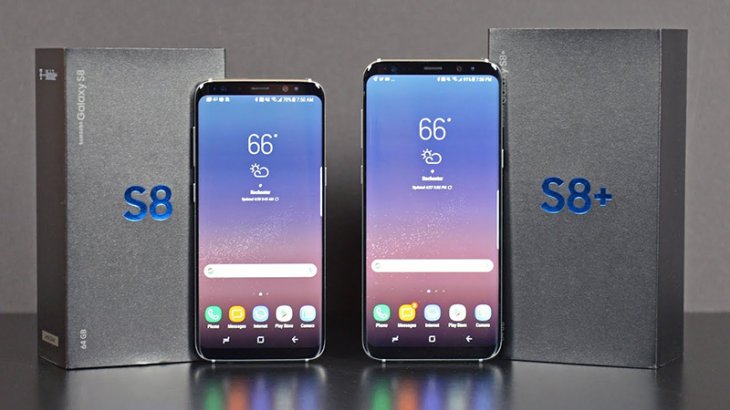
Samsung launched the Galaxy S8 / S8 + with its unique Infinity Display design and later on Note9, S9 / S9 +. Galaxy S8 has a screen-to-body ratio of 83.6%, and S8 + is 84%.
2017: Essential Phone

Essential Phone of the "Android father" was not very impressive, but it was the first smartphone with a "notch", a missing part in the screen to house the selfie camera. Thanks to this design, the 5.71-inch screen on the Essential Phone accounted for 84.9% of the front, beating the Galaxy S8 and it was even higher than the iPhone X launched shortly thereafter (iPhone X has a 5.8-inch screen, but due to the wide notch, it only occupies only 82.9% of the front of the device).
2018: Vivo NEX and OPPO Find X

Two Chinese smartphone companies have launched two phones that can be considered closest to the "bezel-less" concept. Vivo NEX debuted and took the throne for a few days with the 6.59-inch screen that covers 91.9% of the front panel. However, the OPPO Find X immediately overturned with a 6.42-inch screen that has a screen-to-body ratio of 93.8%. Both of the phones achieved their impressive figures thanks to the pop-up selfie camera design. They were also equipped with in-screen fingerprint technology (NEX), and 3D face unlock (Find X) to eliminate the maximum components that can take place on the devices.
2019: Galaxy S10, Galaxy Note 10, Vivo Apex, Meizu Zero, and more
This year, smartphone producers keep introducing new and innovative ways to achieve the bezel-less display. The two most popular display designs are hole punch and pop-up selfie camera. Samsung has embraced the hole-punch display on both of its latest flagship, Galaxy S10, and Galaxy Note 10 series. Meanwhile, the pop-up selfie camera has been used on many smartphones such as OnePlus 7 or the Redmi K20 series. In addition, the Vivo Apex and Meizu Zero are also two notable smartphones as they came with no physical button, notch or any hole on their displays. However, they were not widely sold and believed to be just marketing gimmick.

The closet point that phone makers can get to bezel-less display is the Xiaomi Mi Mix Alpha that was launched recently. The handset has an insanely screen-to-body ratio of 180.6 percent. However, it also comes with an crazily high price tag and it achieved that high ratio thanks to the second display at the back. It seems like we still have to wait for a while for the truly bezel-less display.

The remaining question is that can phone makers develop a smartphone with bezel-less display? One of the technologies that will help achieve that goal is the in-display selfie camera that was recently teased by Oppo. Where will the "bezel-less" race lead us? Certainly, we will have the answer in the future.
Featured Stories
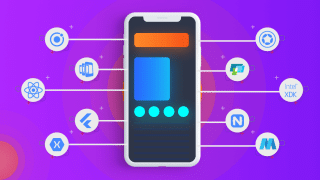
Mobile - Dec 04, 2023
Most Widely-Used Cross-Platform Mobile App Development Frameworks
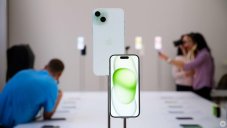
Mobile - Sep 28, 2023
Why iPhone 15 Costs A Lot Even Though It's Made in India?
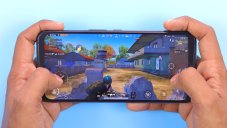
Mobile - Aug 15, 2023
4 Ways AI Could Change The Mobile Gaming Industry
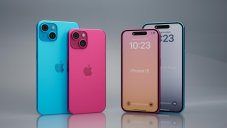
Mobile - Aug 09, 2023
Apple iPhone 15 Launch Date in India, Price, Specifications & More
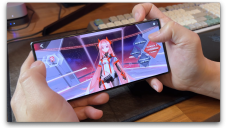
Mobile - Jul 28, 2023
Best Gaming Smartphones In 2023 Game Enthusiasts Should Know
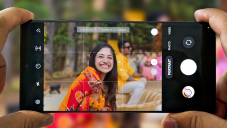
Mobile - Jul 28, 2023
Which Smartphone Has The Best Camera 2023?

Mobile - Jul 12, 2023
Samsung Galaxy F54 5G Price in India (July 2023)

Review - Oct 18, 2022
Online Gambling in India is Flourishing
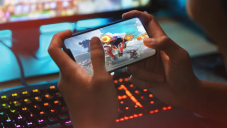
Mobile - Sep 27, 2022
Three Reasons Why the Gaming Community is Focusing more on Playing Mobile Games
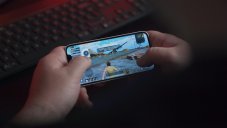
Mobile - Sep 22, 2022
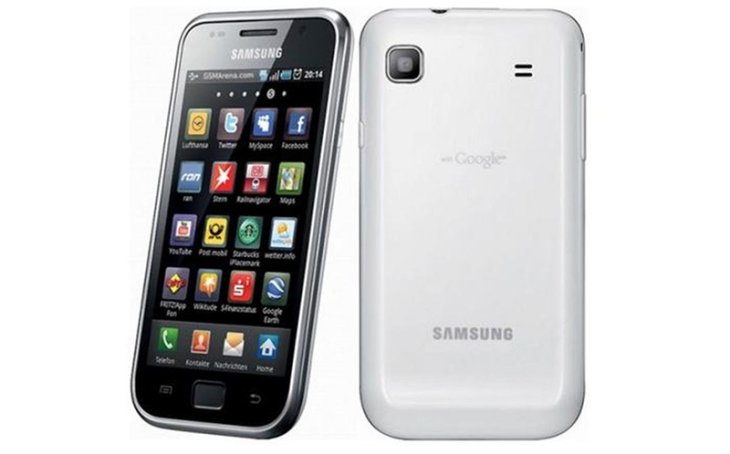
Comments
Sort by Newest | Popular